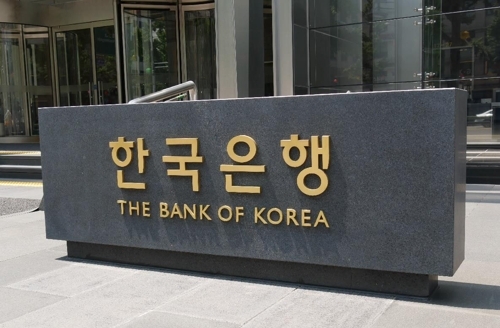South Korea's weak spending on labor market policies and inflexible employment rules have limited youth employment to some extent, a report said Thursday.
According to the report published by the Bank of Korea, South Korea spent 0.231 percent of its gross domestic product on policies like job creation, vocational training and start-up incentives from 1985-2013.
 |
(Yonhap) |
It ranked second from the bottom out of 21 advanced countries of the Organization for Economic Cooperation and Development, ahead of the United States with 0.173 percent.
When the jobless rate of those aged between 20 and 29 rises 1 percentage point in South Korea, the number will go up by a 0.146 percentage point five years later. Ten years from now it will reach 0.035 percentage point.
These numbers mean out of 1,000 young people who fail to find jobs at the age of 20-29, 146 people will still be looking for work when they become 30-34 years old. When they are 35-39 years old, 35 people of the total will remain jobless.
In Germany, which has the fifth-highest job spending-to-GDP ratio of 1.004 percent, the jobless percentage for those in the early thirties reaches 0.044 and drops to 0.008 for the next age group.
"The difference means that the jobless status at the early stage of life in South Korea is to some extent due to the lack of government spending on job policies," Kim Nam-ju, author and an economist at the BOK, said.
He also said inflexible labor rules seem to be discouraging businesses from hiring more young workers.
South Korea has the sixth-tightest labor regulations among the 21 OECD countries, leaving 86 young jobseekers unemployed in their early thirties out of 1,000.
"It might be very effective for the government to increase its spending on job creation and vocational training while at the same time making labor regulations more flexible to improve youth employment rate in the country," Kim said.
South Korea's unemployment rate for young adults -- those aged between 15 and 29 -- was 9.9 percent in 2017, far higher than the overall number of 3.3 percent. (Yonhap)








